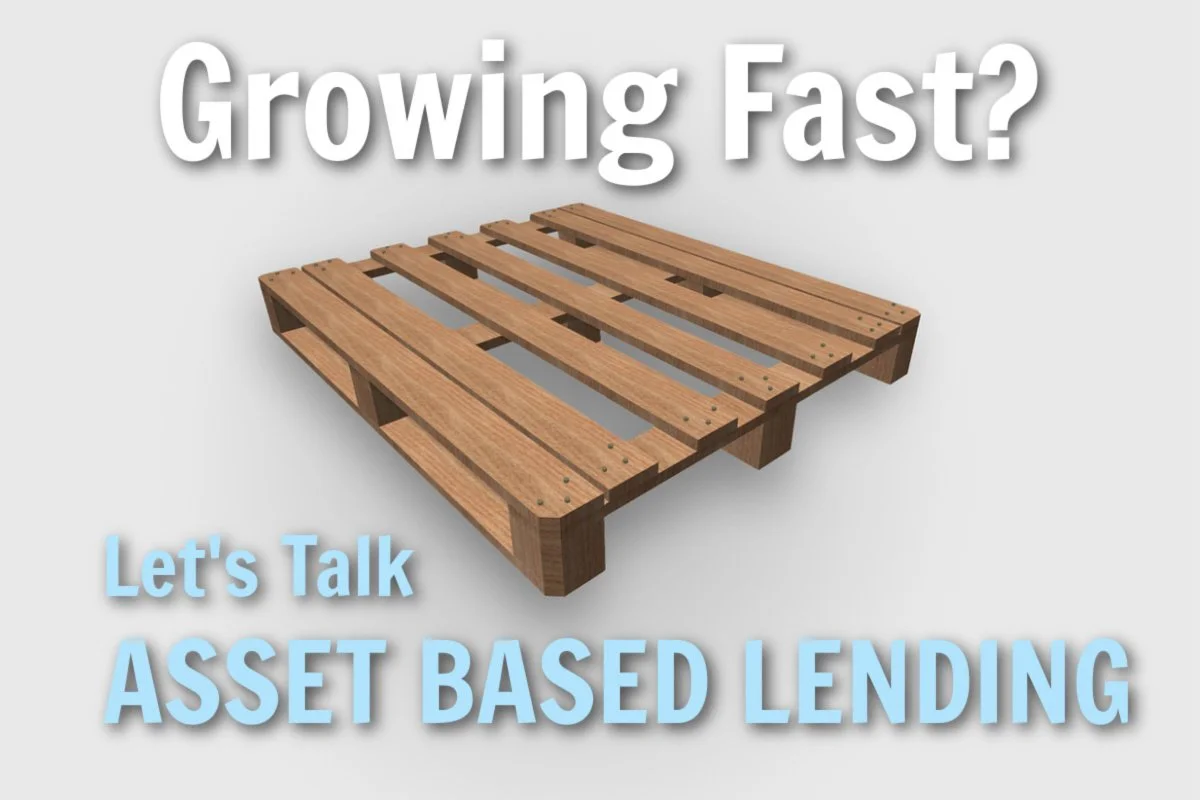How to Start a Craft Brewery or Microbrewery: 9 Things to Consider First
So your Dream is to Start a Craft Brewery. Here are 9 things for your to-do list.
By Jeff Bardos, CEO Speritas Capital & Avid Home Brewer
September 8, 2020 – Greenwich, Connecticut
Call or text Jeff at 203-247-4358
Schedule a Call
Email Jeff
There’s no denying the massive boom in the craft beer industry. The nation now boasts over 5,500 small, independent breweries, and that number continues to grow.
If you’ve been avidly brewing beer in your basement or garage on home brewing equipment, you may want to take the next step of starting your own craft brewery or microbrewery.
Once you’re ready to take the plunge – and your sure that your beer flavors and recipes are distinct - there are a few more things to consider if your goal is to create a sustainable, profitable business.
You’ll need a brewmaster who can brew at scale. A unique brand is critical. Consider investing in tasting room, where margins are higher and fans can experience your brand & beer.
Distribution is very hard for brewery startups. Fairs, local restaurants, tastings, events – you’ll need to think out of the box because getting on the package store shelf is nearly impossible without a wholesale distributor. Get ready to work 24/7.
Breweries are a bit like indie bands – it will take a LOT of hard work to build your fan base.
The most important thing is to determine your goals first. Do you want to ‘play’ small venues or do you have Madison Square Garden aspirations?
Below are 9 things to consider (after setting your goals, researching the market, analyzing your competition) before you take the leap into the craft brewery business.
If you’re a CT brewer thinking of making the leap to starting your own brewery, check out the CT Beer Trail and do your research!
1) Define Your Brewery & Brewing Goals
How much do you want to make, how big to you want to go?
Do you want to be a Bissel Brothers and be found all across Maine with a popular taproom and then spin off your own wholesale distribution company?
Or are you leaning more towards the Cisco Brewers of Nantucket model, now with 5 taprooms in uber-cool locations, and significant Northeast distribution, and product line expansion into hard teas, distilling and wine?
Maybe you’re more into the low-key taproom approach – check out Post and Beam Brewery/taproom in Peterborough NH. They restored a historically significant town-owned GAR building for their taproom with help from community partners, including tax relief from the town.
You may decide from a lifestyle / investment perspective to stay micro and local.
2) Define Your Short and Longterm Equipment Needs
Breweries are equipment intensive, and you’ll need to know going in just how much can, should and need to spend.
At the low end, you could shell out $100,000 or so for a used one barrel system. At the other extreme, you could pay $1 million for a 30-barrel system.
You’ll also need other equipment, including kegs, kegging tools, bottles, a labeling system that can accommodate dates (or a canning line if you prefer), and more.
Learn more about using equipment financing to acquire the brewery equipment you need.
3) Know the Where – Location, Location, Location
Craft breweries are hipster by definition and run by people (and have customers) who consider the craft and the mission as integral to the business. And FYI, hipster doesn’t necessarily mean young!
Where will you set up your brewery? What’s the competition like in the area? What about the market sentiment – does the local community want a brewery in the area?
You also need to assess the logistics of the physical location. How easy is it for delivery trucks to reach? How much will you spend on building the brewery itself? What about space for expansion?
Tasting and Taprooms are now the norm. If your brewery location can be the same as your tasting room, you can create economies of scale by investing in one location for real estate acquisition and development.
Tasting rooms are best if there’s a great vibe and people want to come not just for the beer, but for the atmosphere. Accessibility, easy parking and vibe – no one wants to drink their craft beer next to a coal plant or under an overpass. The best locations for your tasting/taproom will be expensive.
That said, Brewport in Bridgeport secured an industrial hipster location for their tasting/brewing location, right next to the Route 8 / I95 overpass in CT. Not ideal, but they made it work and played to the location’s strengths. They invested a lot in design to create a compelling vibe. And best of all, under the overpass there aren’t any neighbors to complain about the noise!
Questions? Schedule a call now! Or check out our article on ‘Creative Financing Options for Craft Breweries’.
4) Permitting and Legal Issues
Breweries face significant hurdles in terms of legal hoops. You’ll need to obtain federal permission to open a brewery, from the Alcohol Tobacco Tax & Trade Bureau (TTB), but you’ll also need state permits, and possibly even local permits. Getting all these permits in place takes time and costs money.
Don’t invest in a location until you are 100% sure that your brewery activity (long and short term), brewing, taproom etc is permitted in that location.
Some first timers jump at a location that seems perfect, only to lose significant deposits when they discover that specific commercial uses are excluded.
5) Industry Association Rules & Certification
You also need to consider where you fall in the official market segments defined by the Brewers Association. Depending on how much beer you brew, how you distribute and how much food you sell, you could be a microbrewery, brewpub, taproom, or regional brewer – all with their own regulations.
There are also options to contract brew, something like a shared commercial kitchen. Be sure you qualify for certification as an independent craft brewer!
6) Finding the Right Brewmaster
Brewing beer is complicated. Combining malts and hops and innovative, nontraditional ingredients and flavors is both an art and a science. Knowing how to use brewing equipment designed to brew at scale and maintaining quality and flavor profiles is something an experienced brewmaster knows.
Knowing how to buy ingredients at scale and existing relationships with suppliers is valuable knowledge you gain with the right brewmaster. You could spend years learning/mastering these skills if you’ve only home brewed. The learning curve is steep!
You need to get up to speed as quickly as possible, especially if you’ve borrowed money to start your brewery. Hiring an experienced brewmaster is the quickest way to scale while maintaining a quality product during the critical launch phase.
In fact, if you plan on taking the SBA 7a loan approach, EXPERIENCE in the industry is required as part of qualifying for the loan. So you might need that brewmaster on staff earlier than you expect.
Here’s a great, informative 2020 thread in the Home Brewers Association website about a new CT brewpub looking to hire a brewmaster. The replies from experienced brewpub owners and beer producers are worth sharing. They constructively encourage this enthusiastic brewpub start up to first think about their product, competition and where they fit into the marketplace. THEN hunt for a brewmaster who meets their needs.
The moral of this story is that there is no ‘one size fits all’ brewmaster. Know what you’re looking for.
7) Develop a Sophisticated Brand Strategy
Have you ever bought a craft beer just because of its incredible packaging? The answer is probably yes, but if the beer sucked you didn’t buy it again.
Packaging, cache, a STORY about why you started and how you started - a story that inspires your fans - can make or break both great and terrible beers.
More and more, your customers want to connect with the brands they buy on a more personal level. Don’t be shy about oversharing. Your brand isn’t just about great design and amazing products. Be sure to invest in your brand development holistically.
Be great visually and share your story.
Your fans will want to know everything about your beer, how it’s made, the source of your hops etc. (Without sharing your forumlas!)
And don’t forget to share how you’re caring for the environment (from hops to tap), the human resources that go into your beer, and your local community. Be authentic and think about how you can forge connections with the individual people who enjoy your beer. Your clients are more than a single block of ‘customers’.
8) Carefully Consider your Distribution Strategy
Distribution is the most difficult challenge for a craft brewery. Shelf space is at a premium and hiring a wholesaler to sell and truck your FRESH beer across the county quickly eats up margins.
You wonder why craft beers cost on average $16 a four pack? It’s distribution and branding. Will you be a 3 tier, 2 tier or direct to consumer?
Your choice of distribution model should match your personal and business goals.
For example, Thimble Island Brewing Company (a microbrewery founded in 2010) self distributed for a long time while they grew. Then in 2019 they developed distribution partnerships for CT, RI, and PA. Self distribution at the volumes they were doing was no longer sustainable. The new CT distribution firm took on all the Thimble Island distribution staff, as preserving jobs was important to the brewery’s founders.
9) Finding the Money – Financing and/or Friends & Family
Starting a brewery can be very expensive, but you can cut some costs out with savvy planning. Depending on the amount you need, and the number of people going into the project with you, initial startup funds could come from investments or loans from friends and family, a home equity loan or your retirement savings.
You can also finance brewery equipment, real estate and other startup costs from bank, nonbank and SBA sources.
Are you Really, Really Ready to Start a Craft Brewery?
Not to rain on anyone’s parade, but take a moment to read this great 2018 article by Christopher Osburn, a freelance drinks writer, entitled “We Asked 10 Brewers: Should I Open a Brewery?” The article appears on Vinepair.com.
Note that industry challenges have compounded since 2018, with thousands of new breweries opening and severe supply chain issues.
Most of the financing requirements of growth-focused craft and microbreweries fall outside the loan programs offered by traditional lending. Speritas Capital Partners has some creative brewery financing solutions for you to consider.
If you’d like to discuss your long term goals for your brewery and see what type of financing would be the best strategic fit, schedule a call with the author, Jeff Bardos, email, or call/text him at 203-247-4358.
About the Author
Jeff Bardos, CEO, Speritas Capital Partners
As a veteran home brewer I know how hard it is to produce a good beer! So far I only share my efforts with my poker buddies. Tough crowd! My skills as a debt advisor are arguably better than my brewing skills, which is unfortunate for the poker group, but good for craft brewers! And now for a shout out to one of my favorite breweries, Tuckerman Brewing in North Conway, NH – try their Pale Ale, available in NH, MA & ME.
Jeff has over 30 years of experience in the financial services industry and over 12 years of sketchy home brewing in his basement. After graduating from the Columbia Business School, he joined the New York Federal Reserve Bank as a senior staff member in Bank Supervision, leading the Bank Analysis department. From the nation’s central bank, Jeff moved into the private sector, working at senior levels in commercial banking, retail banking and risk management. He has also played senior founding roles in several start-ups. Learn more about Jeff.
CONTACT INFO
Jeffrey Bardos
CEO Speritas Capital Partners
Call/text Jeff at 203-247-4358
Email Jeff with your financing questions
Schedule a call with Jeff using our online scheduling tool.
Speritas Capital Partners specializes in complex credit, collateral and cash flow situations and we never take upfront fees.
Because Speritas Capital is a debt advisory firm, we have access to a wide variety of lending solutions & structures. We’re not beholden to any one lender so we can use our creativity and experience to design a financing structure that truly fits the needs of our clients.











